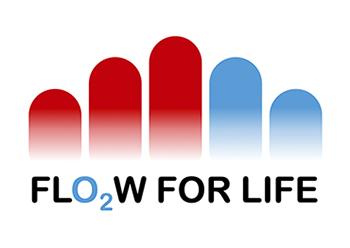
Milica Radisic, University of Toronto
Humboldt Research Award winner Milica Radisic is one of the world’s leading scientists in the field of cardiac tissue engineering and organ-on-a-chip technology and development of new biomaterials that promote healing and attenuate scarring. Prof. Radisic is the Canada Research Chair in Organ-on-a-Chip Engineering and the director of the NSERC CREATE Training Program in Organ-on-a-Chip Engineering & Entrepreneurship and the director of the Ontario-Quebec Center for Organ-on-a-Chip Engineering.

Wolfram Zimmermann, University of Göttingen
Wolfram Zimmermann is the director of the Institute of Pharmacology and Toxicology at University Medical Center Göttingen. He applies three-dimensional cell culture models to develop novel individualized pharmacological, gene-based, and cell-based therapies for patients with heart failure.

Katharina Landfester, MPI for Polymer Research, Mainz
Katharina Landfester is the head of the Physical Chemistry of Polymers department at the Max Planck Institute for Polymer Research. Her research focusses on the design of colloids with customized properties (e.g. size, release kinetics, surface functionalization) via the miniemulsion process. The miniemulsion method offers versatile opportunities from encapsulation of small molecules (such as drugs) through to generation of whole nanostructures.

Aránzazu del Campo, Leibniz Institute for New Materials, Saarbrücken
Aránzazu del Campo is the scientific director of the Dynamic Biomaterials group at the Leibniz Institute for New Materials. Aránzazu del Campo designs new biomaterials whose properties can be changed via light exposure to guide specific cell processes in vivo and in vitro such as cellular migration or angiogenesis.
Program Minisymposium
| Time | Program |
|---|---|
| 13:00 | Arrival and Welcome |
| 13:30 |
Milica Radisic University of Toronto Humboldt Research Award Winner „Engineering vascularized organ-on-a-chip systems“ |
| 14:15 |
Wolfram Zimmermann University of Göttingen "Repairing Broken Hearts“ |
| 15:00 |
Break with poster session Young scientists will present their projects |
| 16:00 |
Katharina Landfester MPI for Polymer Research, Mainz "Spatial control of cascade reaction in polymeric synthetic cells” |
| 16:45 |
Aránzazu del Campo Leibniz Institute for New Materials, Saarbrücken „Engineered Living Therapeutic Materials“ |





